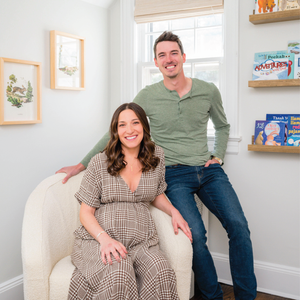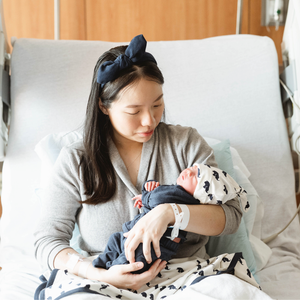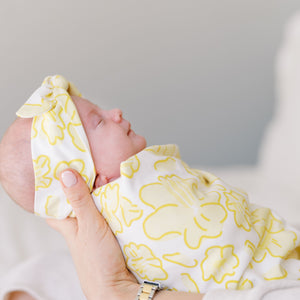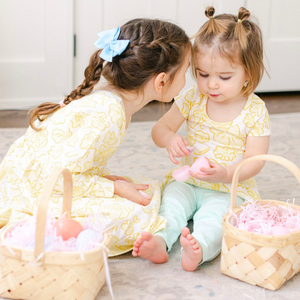M+A Edit
How To Choose a Baby Carrier
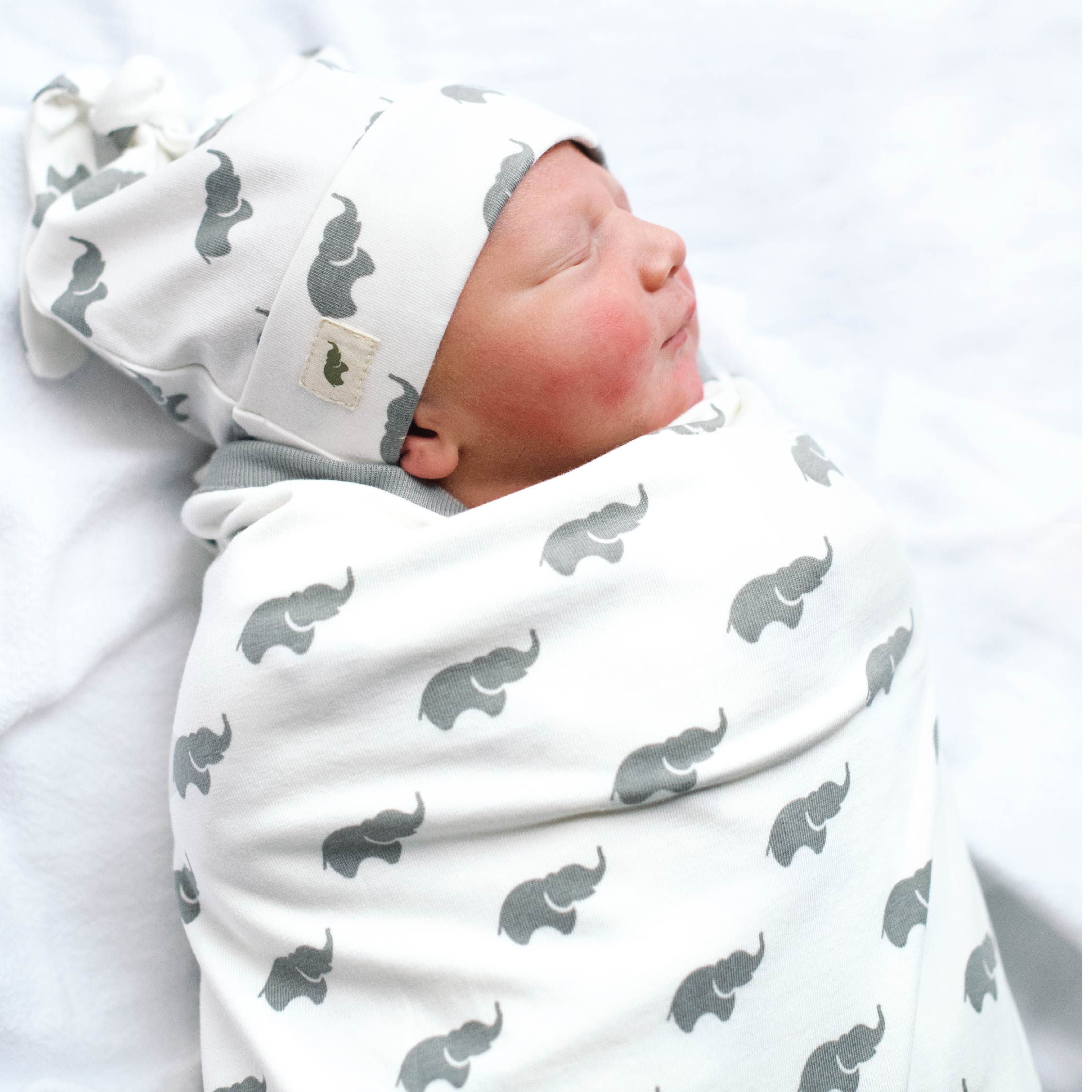
Baby Carrier Buying Guide
Here’s the deal: That baby isn’t going to carry its own weight for a loooong time. So you’re going to need a carrier to get you from A to B when you don’t feel like schlepping a stroller. Which one is right for you? Read on…
Which Baby Carrier to Choose?
The contraption Zach Galifianakis is wearing in The Hangover to carry the baby around? That’s the OG carrier. It’s great for zipping around the city, through an airport, and doing chores around the house
Fit: These are adjustable, but you should still try it on to make sure the shoulder straps and lumbar support are comfortable. If multiple people will be using, make sure it works for all partie and can be easily adjustable.
Longevity: Most can be worn in several different positions as baby grows—inward-facing, outward-facing, on the hip, and on the back.
Ease: Once you get it properly adjusted, getting it on and off is a cinch. Ditto for the baby, though many require an insert for newborns, so don’t forget to check.
M+A Picks
When to use a baby carrier wrap
Wraps and slings are essentially giant pieces of fabric you wrap around yourself and the baby, so you can go hands-free. These are a common choice for newborns because they hold baby close to you, support their head and neck, and are often configurable to position your baby in various positions when they grow. With that in mind, if wraps aren't your thing, the more structured options, like the Ergobaby Omni 360, also work from week 1. If you're looking for something a bit in between the two, the Ergobaby Embrace is super cozy and keeps your baby nestled close without any wrapping or tying. Here's what you should keep in mind when considering a traditional baby wrap:
Ease: Configuration can be daunting when it’s just one big piece of fabric, but that’s what YouTube videos are for. That said, there are options that come pre-wrapped that you just slip over your head.
Longevity: These are more short-term solutions during the newborn/infant stage. Babies love the womb-like feel, and it’s great for short errands or hanging around the house when you need to be hands-free.
Fit: No worries here, as one size fits all (except for the pre-wrapped varieties, then you need to try on, as they typically come S, M, L).
M+A Picks
How to Choose a Baby Carrier for Hiking
If you plan on hitting the trails and enjoying the great outdoors on the regular, you’ll want a backpack carrier. Note: Baby must be able to sit independently and have good head and neck control (6 months-ish) for backpacks.
Ventilation: You want a fabric with plenty of ventilation, so you don’t sweat buckets.
Fit: This needs to be super comfy for both you and baby, so try it out together before buying it. A footrest, adjustable seat, sun canopy are nice for your little. A padded waist belt, sturdy frame, and plenty of adjustability for you.
Longevity: Some have a weight limit of almost 50 pounds, so keep that in mind if you want to maximize usage.











